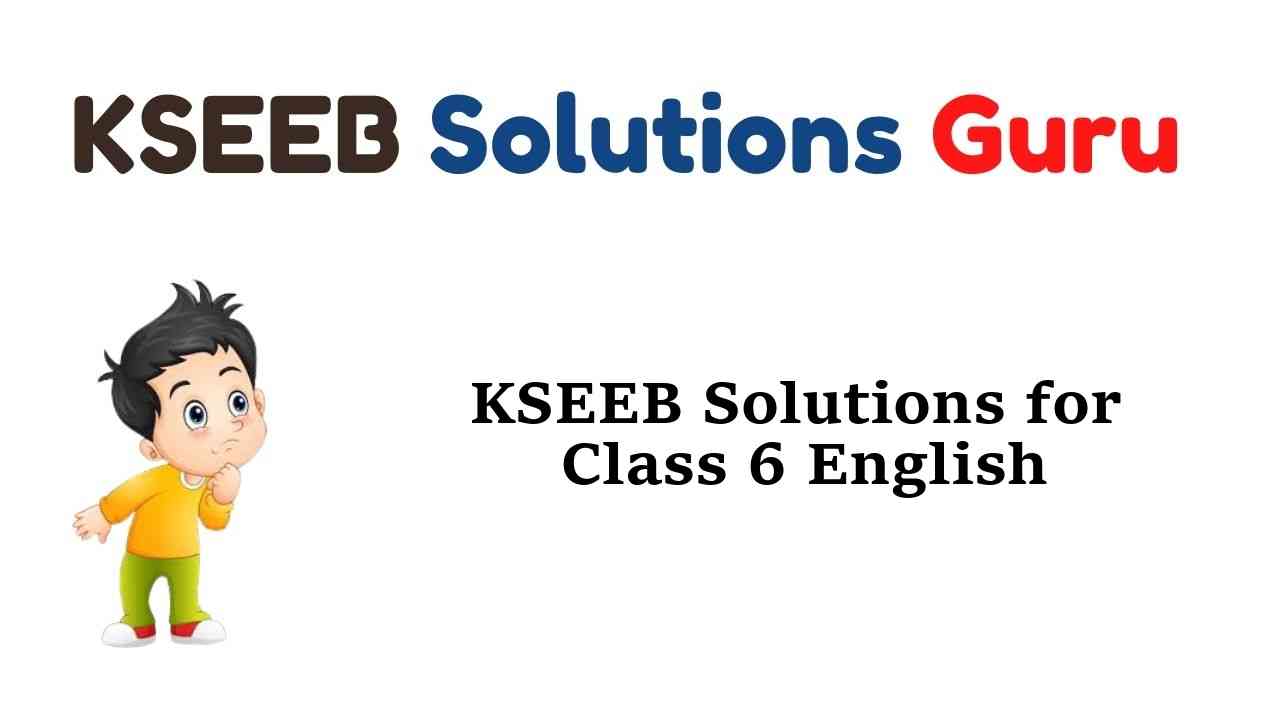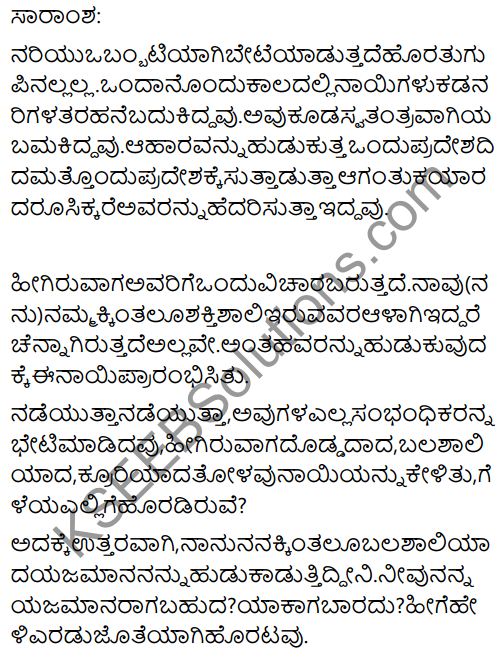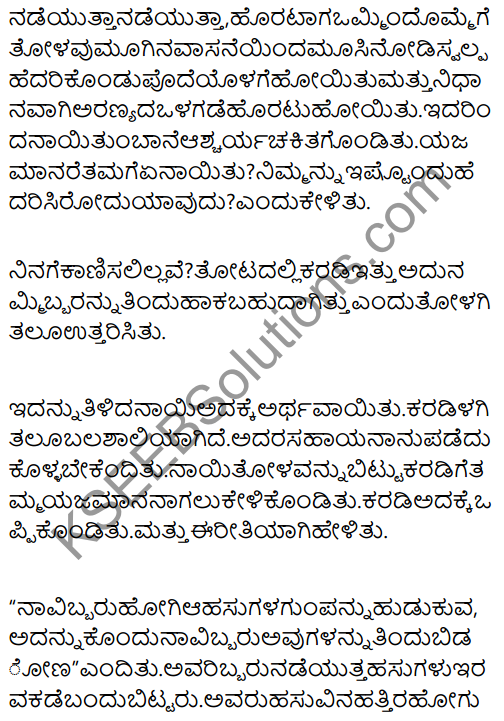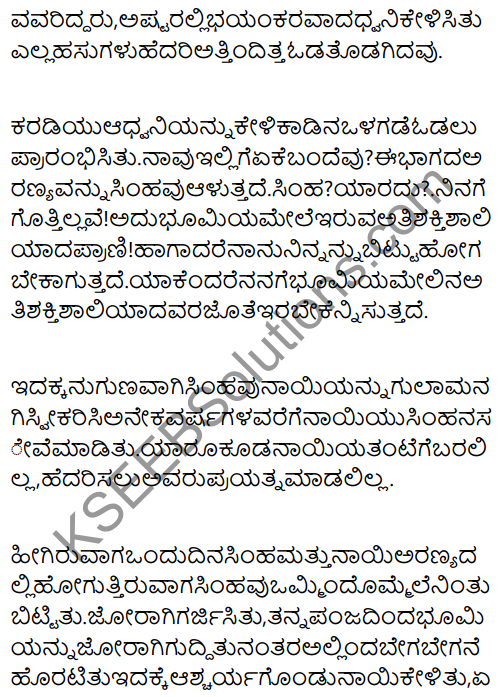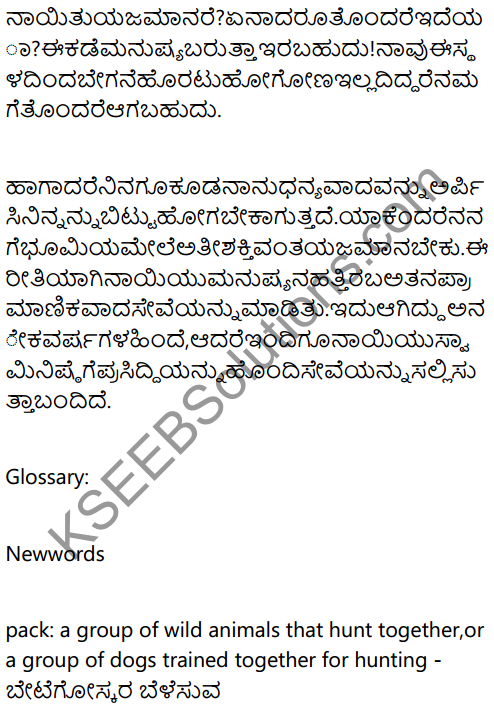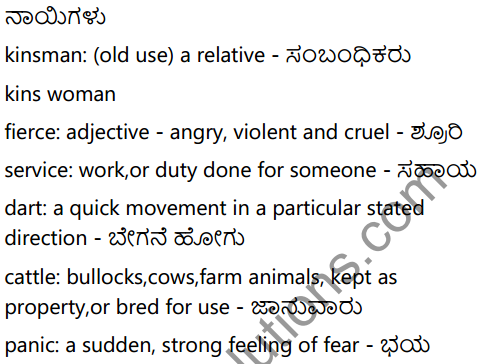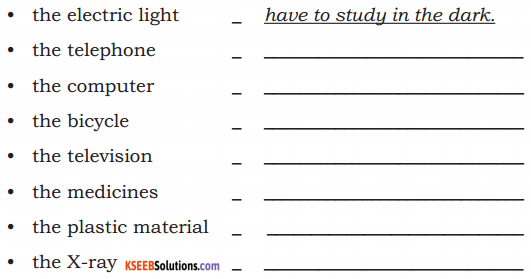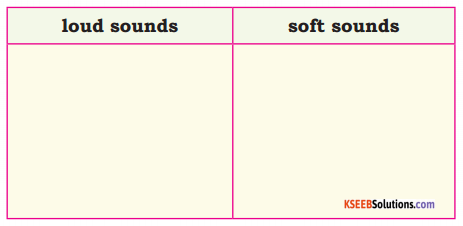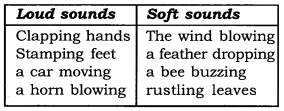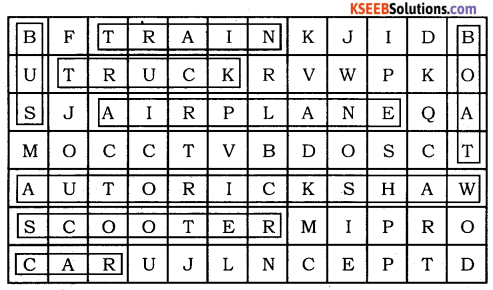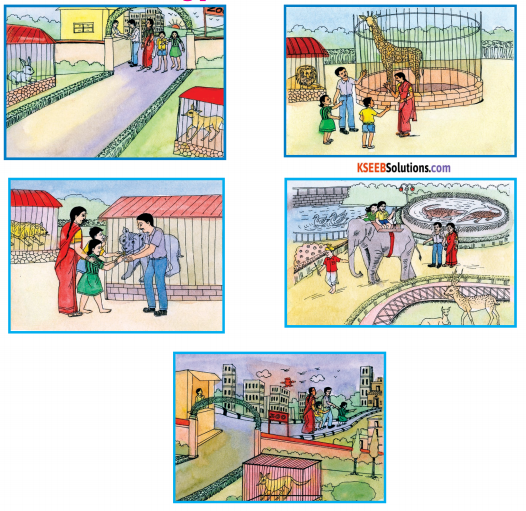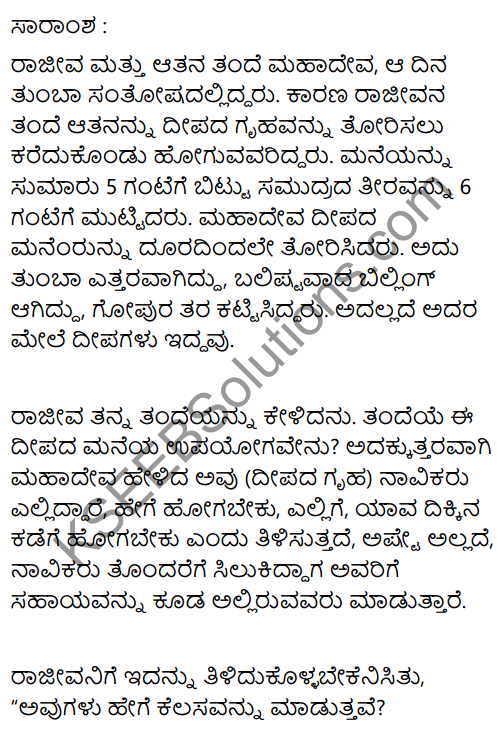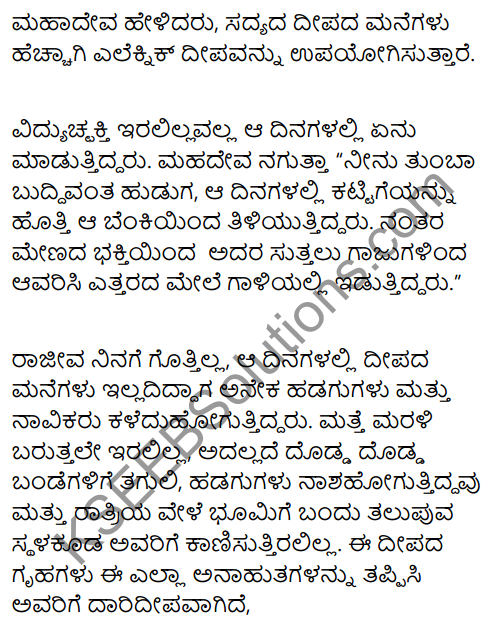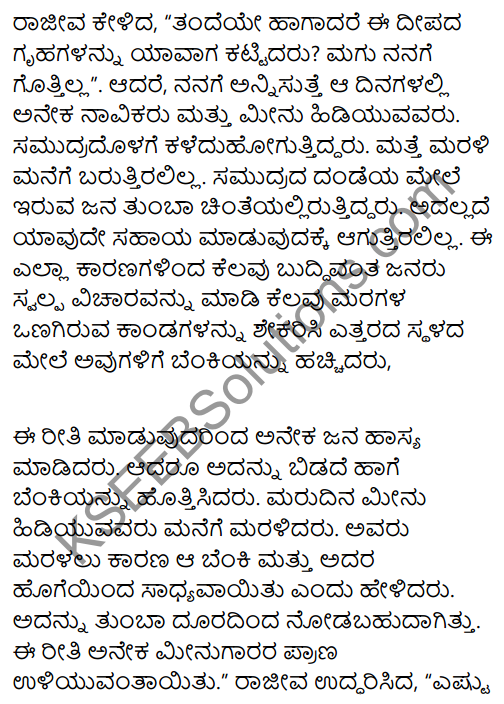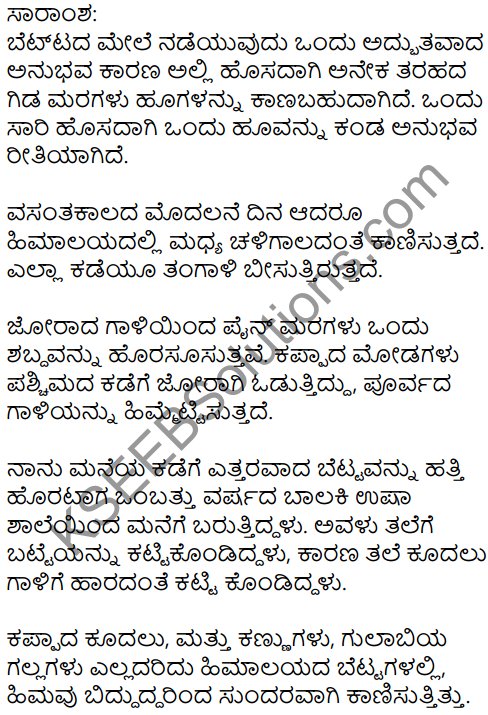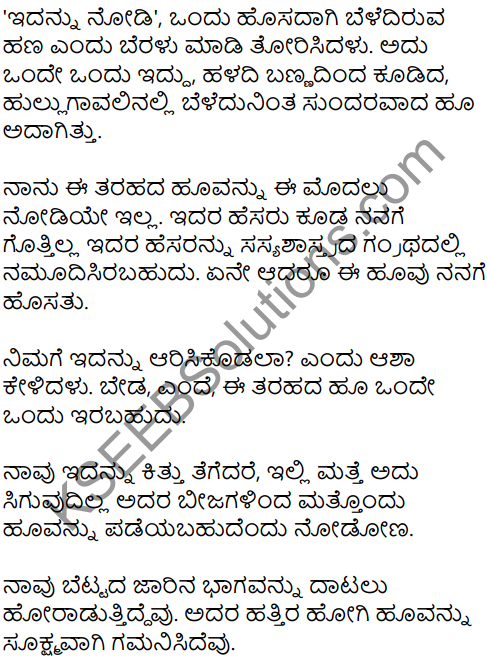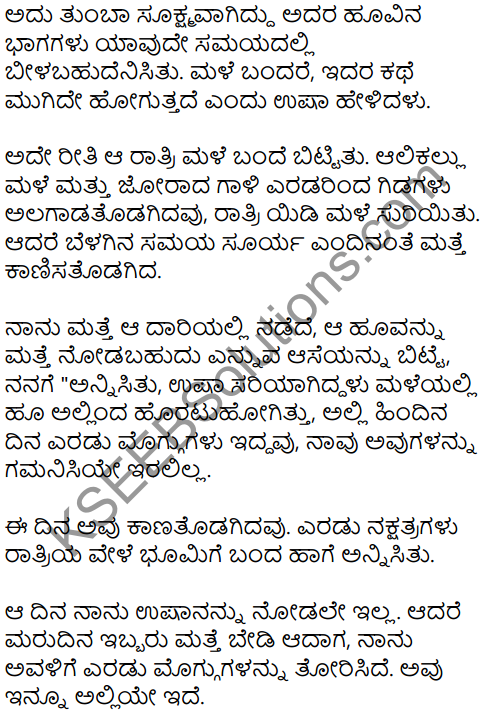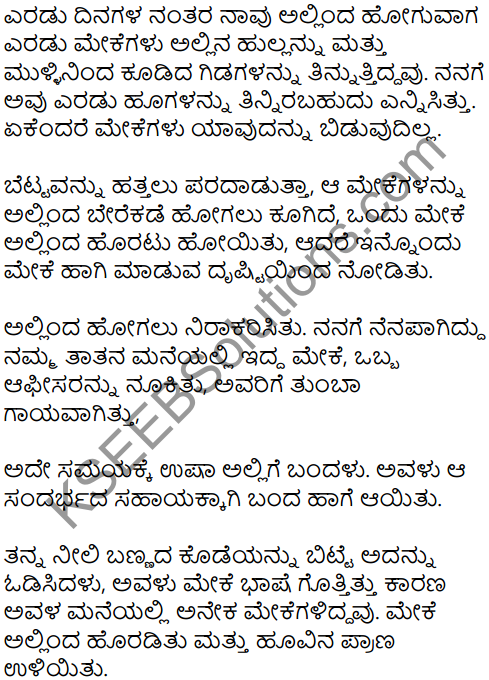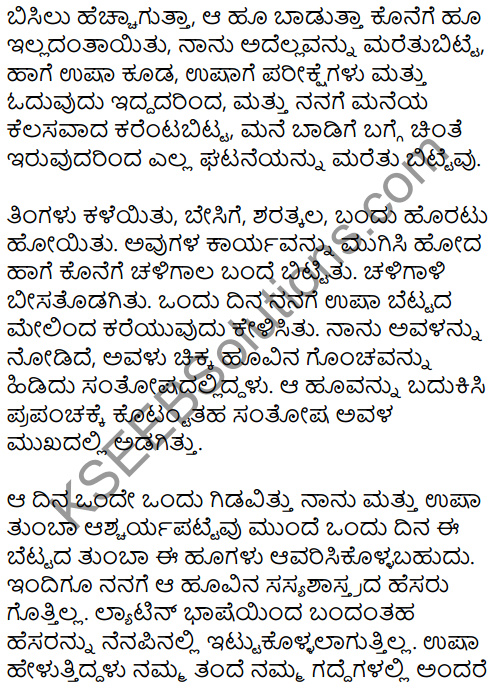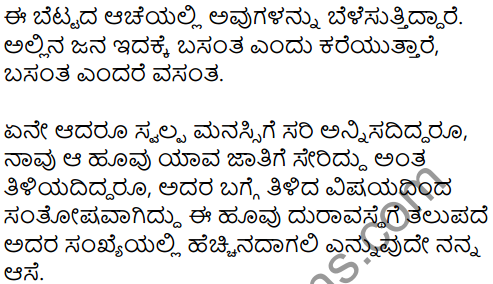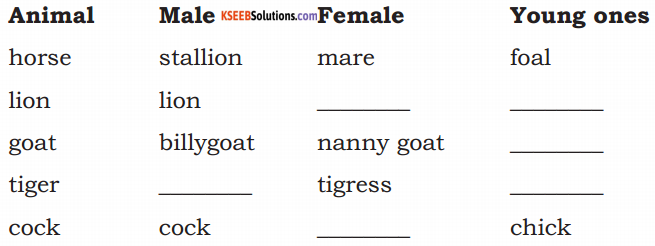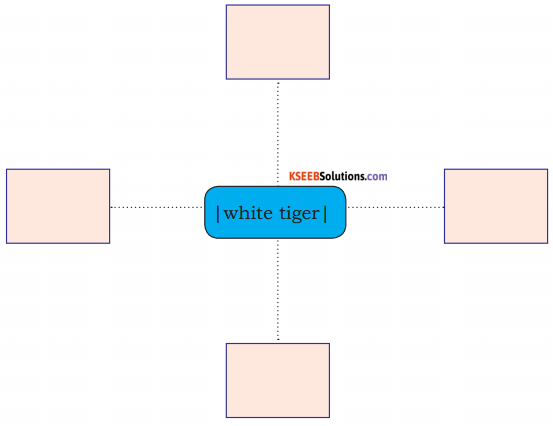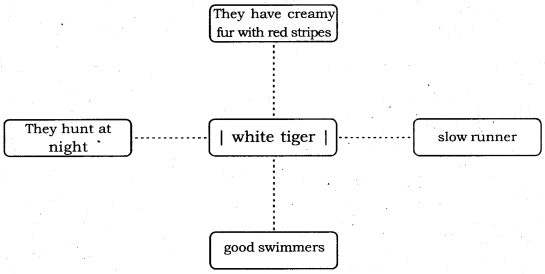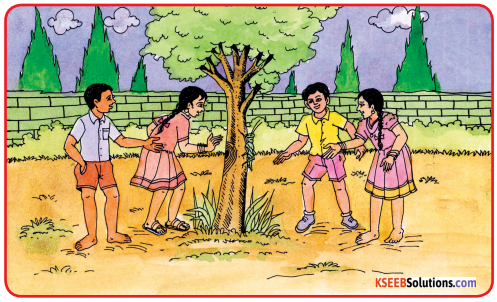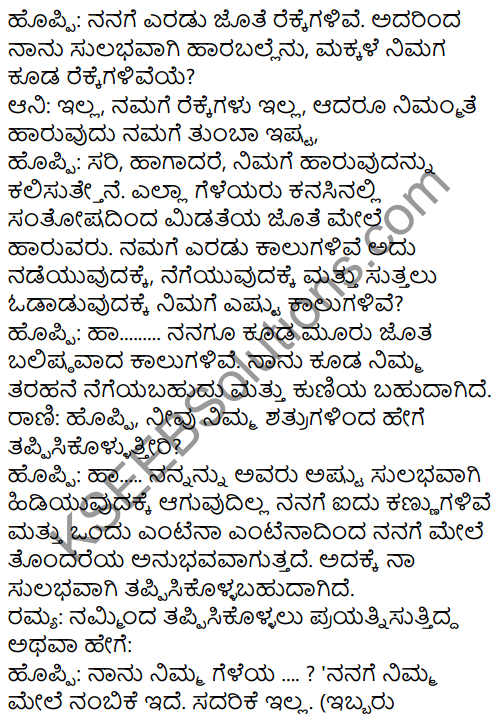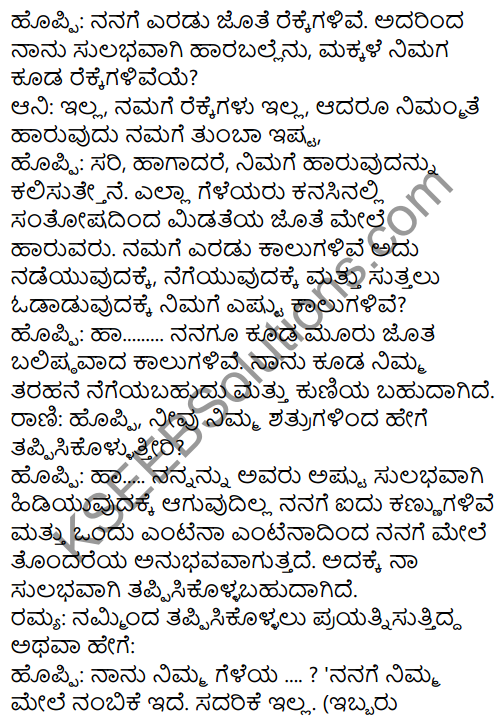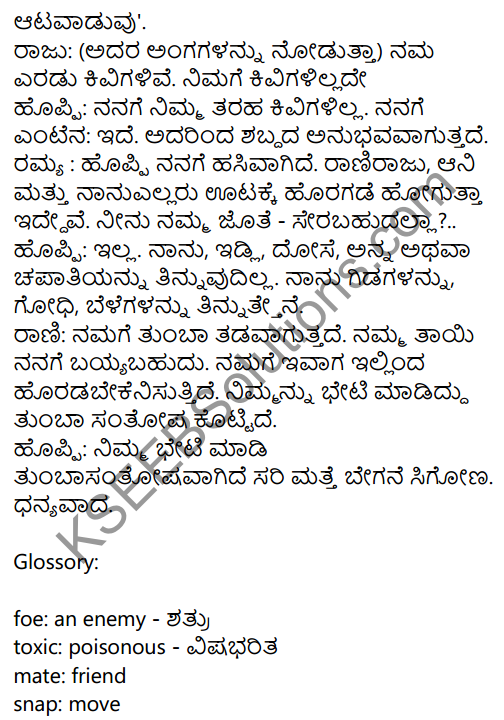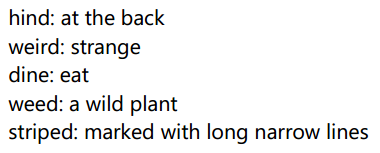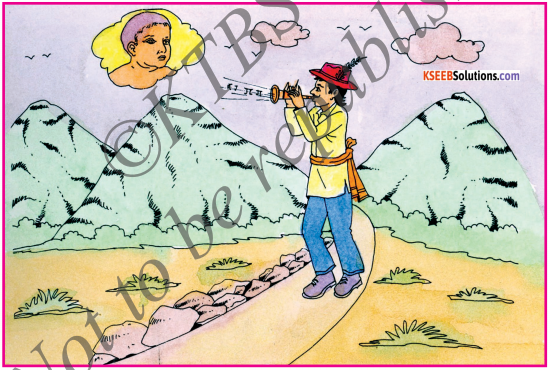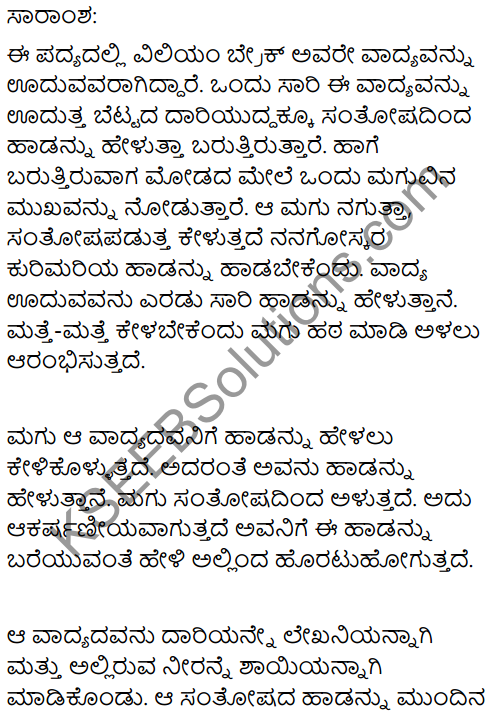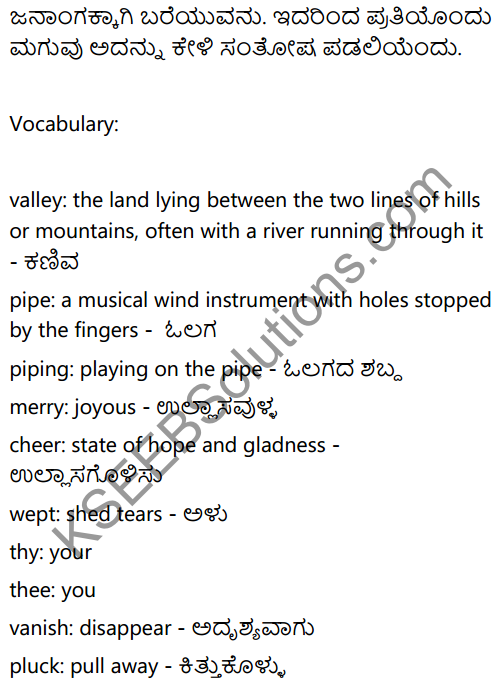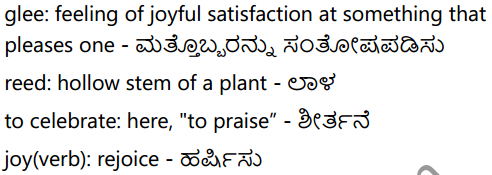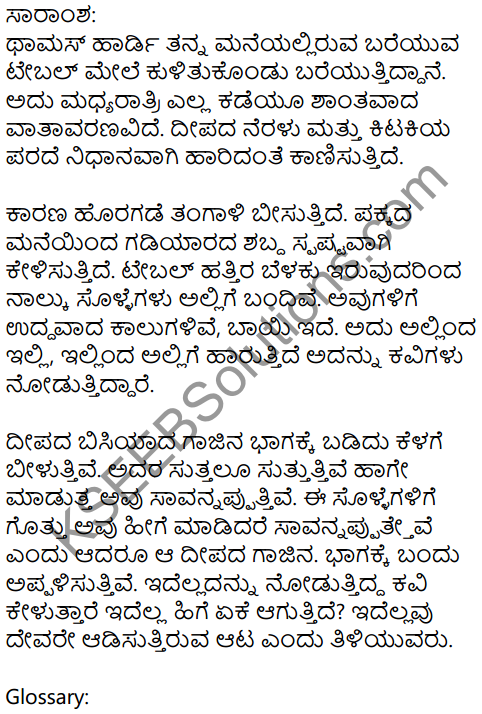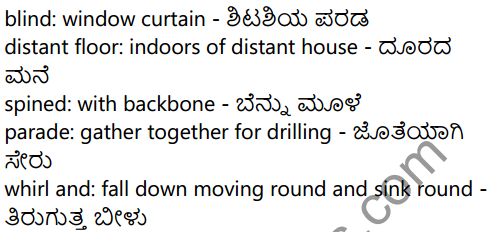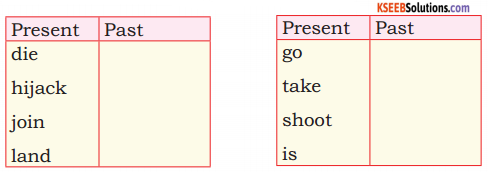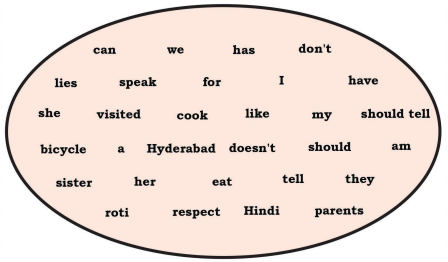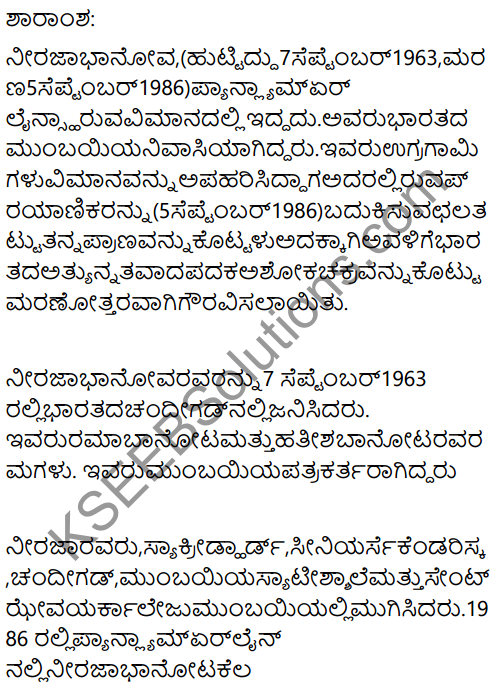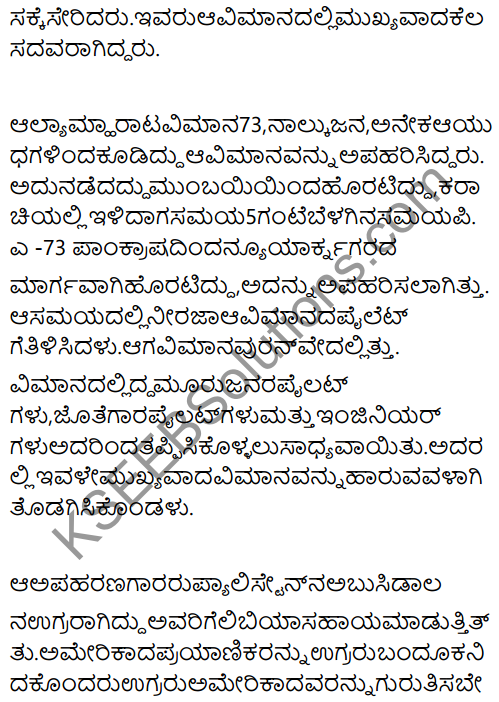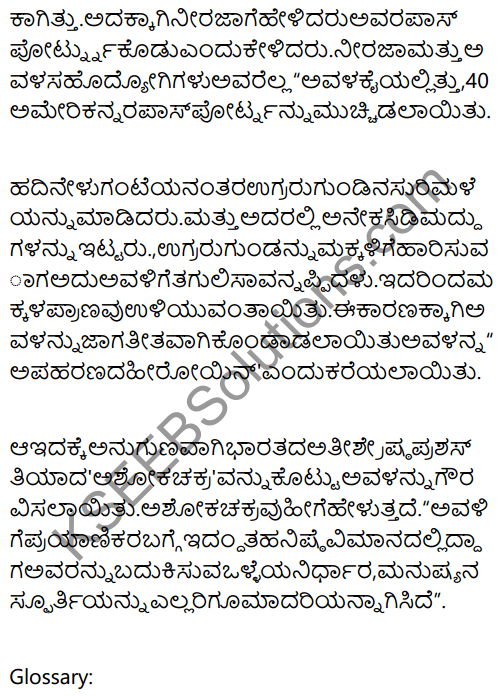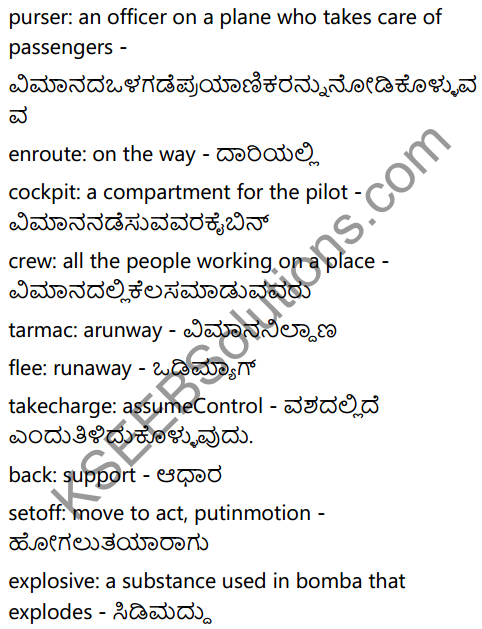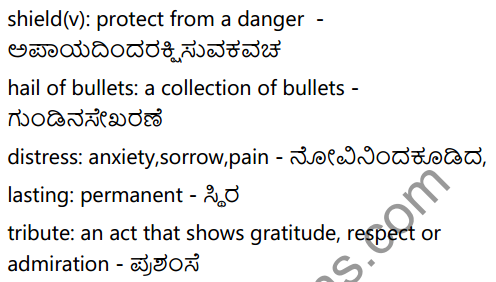KSEEB Solutions for Class 6 English Karnataka State Syllabus are here to provide students an ample practice. Detailed explanation are provided for Chapter wise and you can use them to get an idea on the fundamentals. Prepare effectively for the exam taking the help of the Karnataka State Board Syllabus for Class 6 English Solutions (2nd Language) PDF free of cost from here. Download Class 6 English Prose Karnataka State Board Solutions and prepare as and when you need.
Karnataka State Board Syllabus for Class 6 English Solutions (2nd Language)
Ace up your preparation and score well in the exam taking the help of KSEEB Solutions for Class 6 English Karnataka State Board. Practice the Karnataka State Board Syllabus for Class 6 English Solutions (2nd Language) on a regular basis so that you can attempt the exams with utmost confidence. Improve your speed and accuracy in the exam with consistent practice of Class 6 English Prose Karnataka State Board Solutions. Use the direct links available for various chapters all at one place and prepare accordingly.
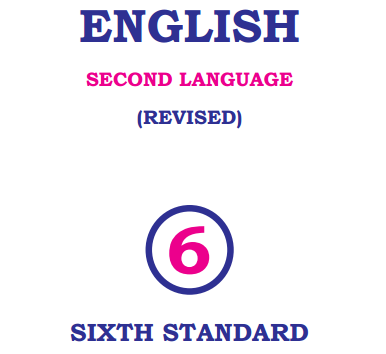
Class 6 English Prose Karnataka State Board Solutions
- Chapter 1 The Lighthouse
- Chapter 2 The Scholar’s Mother Tongue
- Chapter 3 How do Bees Make Honey?
- Chapter 4 The King’s Ministers
- Chapter 5 A Chat with a Grasshopper
- Chapter 6 Where There is Will, There is a Way
- Chapter 7 Neerja Bhanot: Brave in life, Brave in Death
- Chapter 8 ‘What I Want for You and Every Child’ – A Letter from Obama to His Daughters
Class 6 English Poem Karnataka State Board Solutions
- Chapter 1 The Rainbow
- Chapter 2 Sympathy
- Chapter 3 Kindness to Animals
- Chapter 4 All Things Bright and Beautiful
- Chapter 5 The Fly
- Chapter 6 The Way to Succeed
- Chapter 7 My People
- Chapter 8 A Sonnet for my incomparable Mother
Class 6 English Supplementary Reading Karnataka State Board Solutions
Karnataka State Board Syllabus for Class 6 English Solutions (1st Language)
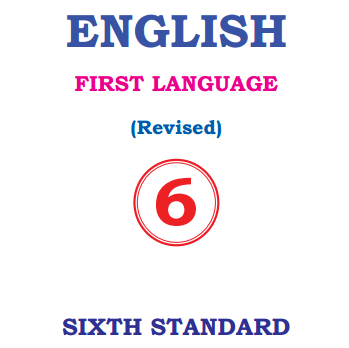
Class 6 English Prose Karnataka State Board Solutions
- Chapter 1 Dog Finds his Master
- Chapter 2 The Good Samaritan
- Chapter 3 Galileo
- Chapter 4 Friend in Need
- Chapter 5 Self-Reliance
- Chapter 6 True Height
- Chapter 7 I Want to Quit The I.C.S.
- Chapter 8 The Gifts of Nature
- Chapter 9 A Rose for the Princess
- Chapter 10 The Touch
Class 6 English Poem Karnataka State Board Solutions
- Chapter 1 March
- Chapter 2 Trees
- Chapter 3 Spring
- Chapter 4 Rain in Summer
- Chapter 5 Piping Down the Valleys Wild
- Chapter 6 Nature’s Friend
- Chapter 7 The Comet and the Moon
- Chapter 8 The Ant and the Cricket
- Chapter 9 An August Midnight
- Chapter 10 My Heart Leaps Up
Class 6 English Supplementary Reading Karnataka State Board Solutions
We wish the information regarding KSEEB Solutions for Class 6 English Karnataka State Syllabus has shed some light on you. For any other assistance, do leave us your queries and we will get back to you at the earliest possibility.
